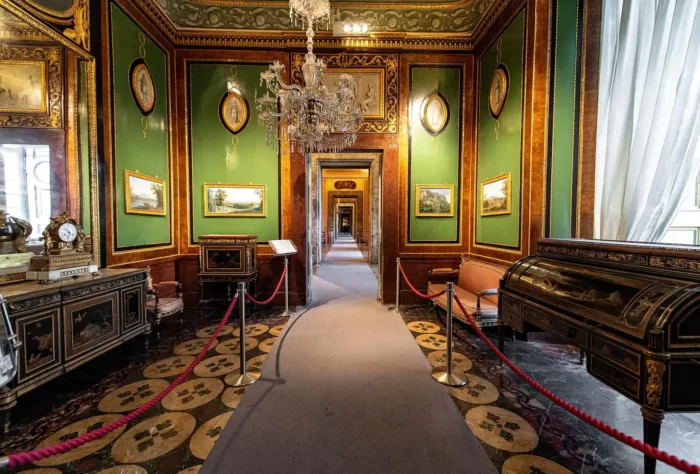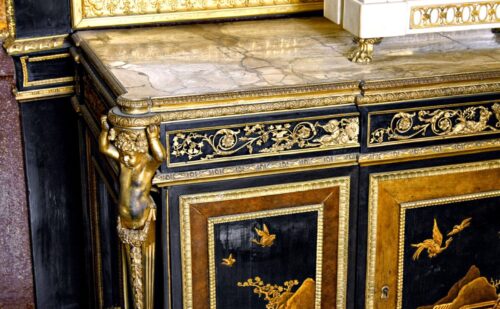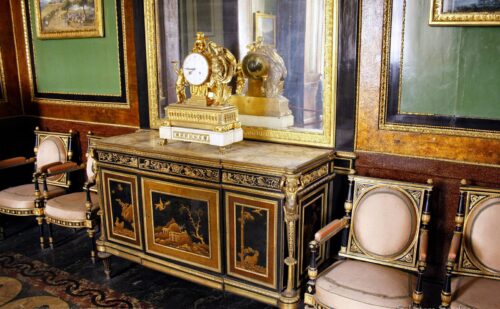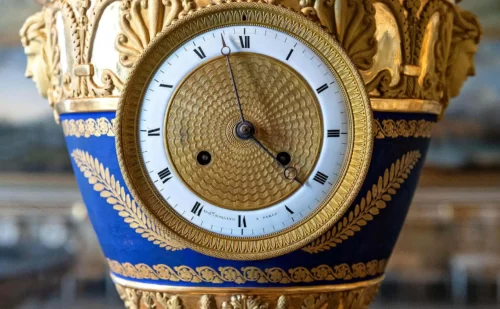Category
Furniture
Author
Adam Weisweiler
Year
1790
Origin
-
Material
Wood, Gilt bronze
Technique
Cabinet making, Casting
Style
Neoclassical
Dimensions
LxPxA various





